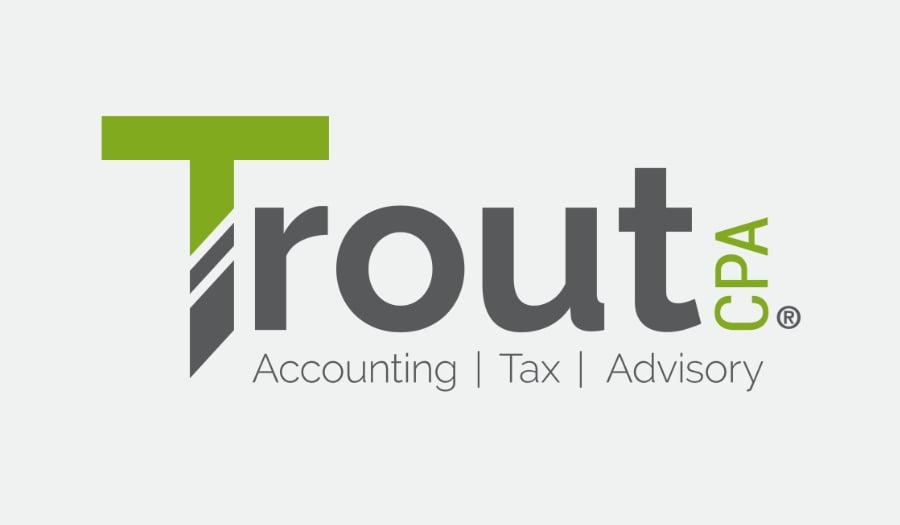The coronavirus pandemic has forced many employers to implement some form of workforce reduction to continue operating. While furloughs and layoffs have a significant and immediate impact on a company’s operations, plan sponsors also need to understand the longer-term effects workforce reductions have on participants’ benefits and retirement accounts.
Over the next several months, employers should be mindful of their ongoing obligations and responsibilities as benefit plan sponsors.
Furloughs vs. Layoffs
First, it’s important to understand the varying impacts of a furlough versus a layoff. A furloughed employee (one who is considered on unpaid temporary leave of service, with the expectation that they will eventually return to work) may continue to receive some or all of their benefits during their time away, including healthcare and retirement benefits. However, because furloughed employees aren’t receiving a paycheck, they won’t continue to contribute to their 401(k). Employers may decide to make non-elective plan contributions for furloughed employees — although many companies may find this difficult to do considering the current economic uncertainty.
By contrast, laid-off (terminated) employees who are no longer part of the company are not considered active members of a company’s retirement plan and therefore are unable to contribute to it. In general, laid-off employees can leave their 401(k) assets in the plan, cash out, or roll assets into another plan or individual retirement account (IRA).
Loans and Withdrawals During a Furlough
Plan sponsors should first reference their plan document to understand what existing guidelines they have in place regarding employment status and loans and withdrawals. If the plan allows in-service loans and withdrawals, these options may be available to furloughed employees who meet the plan’s qualifications. The Coronavirus Aid, Relief, and Economic Security (CARES) Act gives employers the ability to allow qualifying participants (including furloughed employees) access to the lesser of $100,000 or 100 percent of their vested account balance. As always, plan documents can be amended to change the way loans operate.
Loan Repayments for Furloughed Employees
The CARES Act allows – but does not require - employers to extend current qualified plan loan repayments by up to 12 months; this provision applies to loans to furloughed employees, as well.
Depending upon the terms of each plan, employees whose loans aren’t related to the virus may be required to repay their loans sooner if they are laid off. In addition, if the loan isn’t paid back on time, the participant’s loan balance will be considered in default and will become a taxable distribution.
Vesting Issues for Furloughed Employees
Some plans have vesting requirements that employees need to reach to have complete ownership of company matching contributions. Employers can define vesting in various ways, including based on a specific duration of time of employment or hours of service; however the maximum timeframe to vest is six years of full-time service.
A furlough may affect an employee’s vesting schedule as well. For plans that base vesting on hours of service, furloughed employees aren’t able to make progress toward such thresholds during a furlough because they are no longer working. For example, employees who need to have 1,000 hours of service to get to the next vesting level might not achieve that goal in 2020, depending on the length of the furlough. On the other hand, a duration of time vesting requirement isn’t affected by furloughs because these requirements are tied to when the employee starts and stops employment; the furlough time period counts toward this service requirement.
Insight: Plan Ahead and Communicate
Plan sponsors whose organizations leveraged furloughs or layoffs to help stabilize from an immediate cashflow perspective need to understand the implications of these decisions to ensure that the company meets its obligations to plan participants.
Clear and timely communication with plan participants is very important in this environment. Employers should be proactive in ensuring that they can reach employees on a consistent basis; this includes confirming that they have proper contact information for employees on file before and during reductions in force. Employers should also work with service providers to understand how they may help in tracking and communicating with plan participants.
Plan sponsors should consult with their plan advisors and benefits professionals to understand the retirement plan implications of furloughs and layoffs and meet obligations to employees after these weighty decisions are made.
For questions or assistance, please click the link below or call 717-569-2900.






